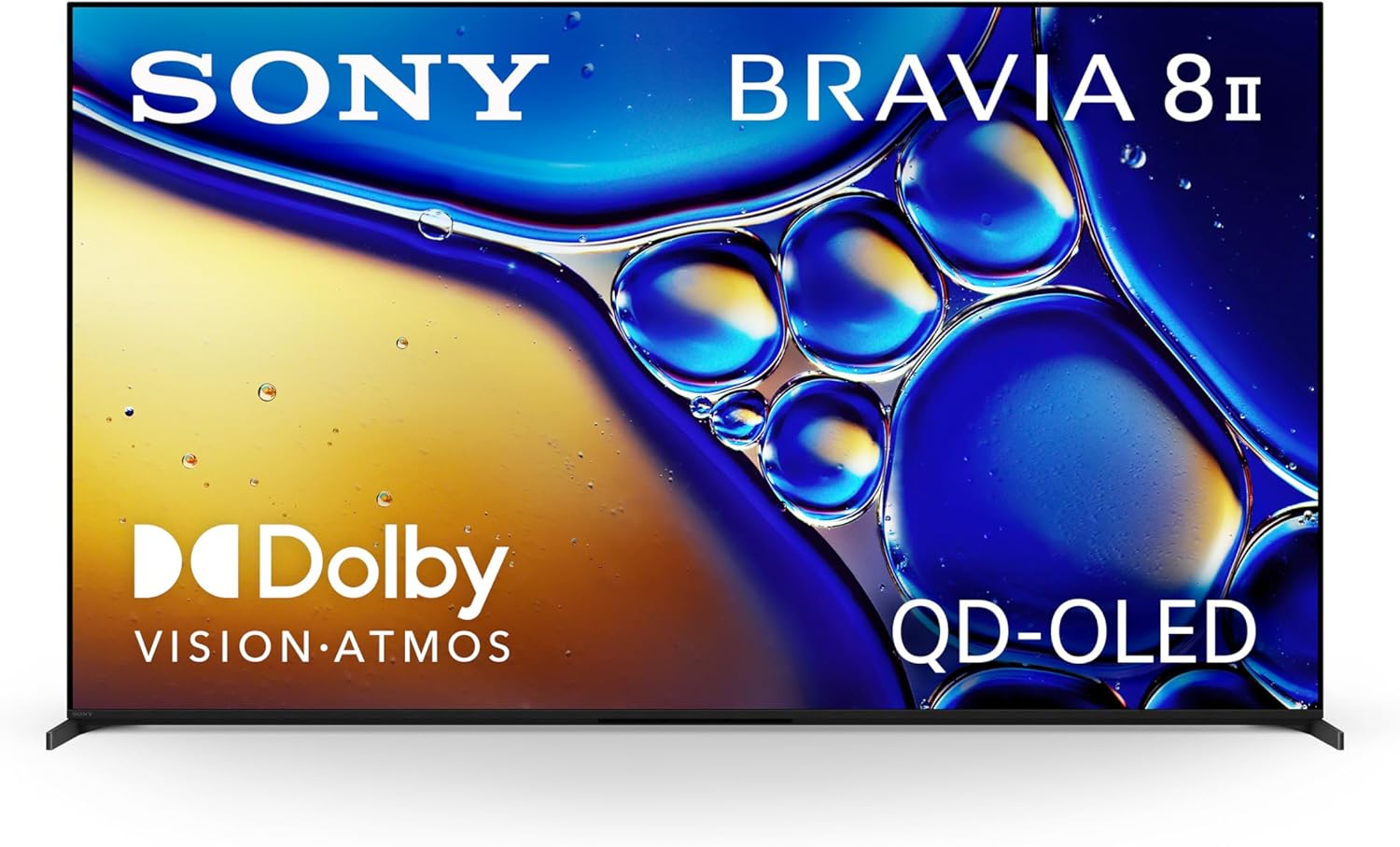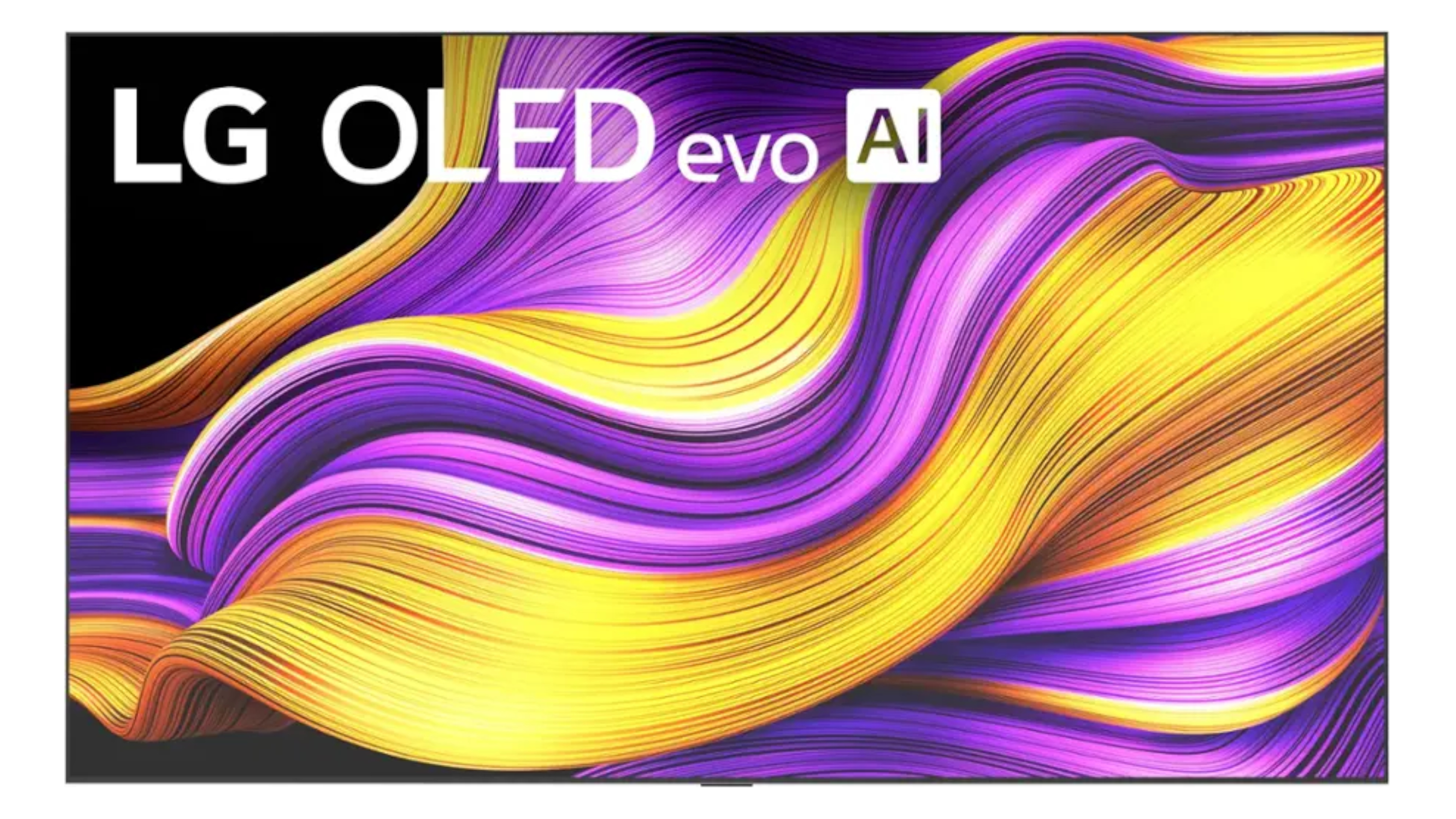As one of the most exciting TVs out of CES 2025, the LG G5 definitely has some swagger in the market. It leverages LG's new Primary RGB tandem OLED panel and boasts a 165Hz refresh rate, netting it serious enhancements over the competition.
But it's not the only flagship OLED making waves. The Sony Bravia 8 II OLED is no stranger to its own slew of anticipation. It took home King of TVs in Value Electronics' recent TV shootout and offers its own tapestry of HDR performance, especially in terms of color.
When choosing between two of the best OLED TVs of 2025, there's a lot to consider before making a final purchase. Even if price is of no concern, you're going to want to consider features, performance, and design of both these flagship OLEDs, which I'll run through below.
Sony Bravia 8 II vs LG G5: Specs compared
| Header Cell - Column 0 | LG G5 | Sony Bravia 8 II |
|---|---|---|
Sizes | 55", 65", 77", 83", 97" | 55", 65" |
Ports | 4x HDMI 2.1 | 2x HDMI 2.1 |
Resolution | 3,840 x 2,160p | 3,840 x 2,160p |
Refresh rate | 165Hz | 120Hz |
HDR | Dolby Vision, HDR10, HLG | Dolby Vision, HDR10, HLG |
Smart TV software | webOS | Google TV |
ATSC 3.0 support? | No | Yes |
Processor | a11 AI Processor 4K Gen2 | XR Processor |
Sony Bravia 8 II vs LG G5: Design
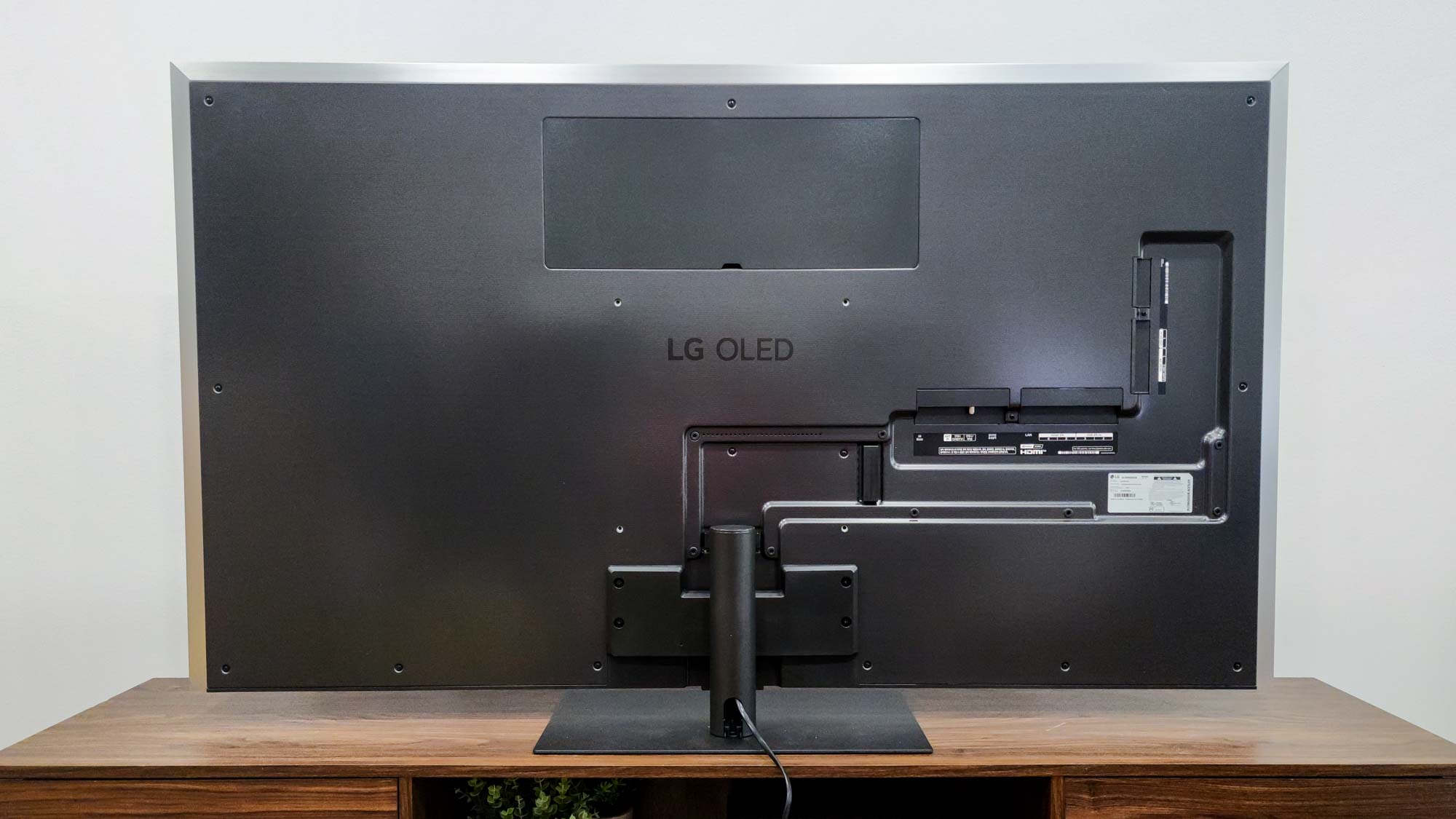
Given their price, you can expect the Bravia 8 II and LG G5 to be kitted with advanced technology. The G5, in particular, leverages LG's new tandem RGB OLED panel, which takes over for the WOLED panels the G-series has been using for years. This new panel offers slightly better performance in color and contrasts.
Sony doesn't make its own panels in-house, which leaves the Bravia 8 II with a QD-OLED panel supplied by Samsung Display. It uses a combination of quantum dots with a blue OLED light source, giving it improved color volume.
These OLED TVs are also particularly slim. The Bravia 8 II is 1.37 inches (34mm), while the LG G5 OLED is even slimmer at just 1 inch (25.4mm), both measured without the stand. Despite being slim, both TVs are still pretty hefty, with the Bravia 8 II weighing 52.9 pounds and the LG G5 coming in at 48.5 pounds. (Weights apply to the 65-inch models.)
A big setback on the LG G5 is its lack of an included stand. LG figures most LG G5 buyers will simply mount the TV, owing to its incredibly slimness. But not every buyer aims to do this, making it a misstep on LG's part.
Get instant access to breaking news, the hottest reviews, great deals and helpful tips.

On the other hand, Sony has an advanced setup when it comes to its stand and even the I/O on its TV. You can setup the Bravia 8 II at two different height profiles, which is nice if you have a lower TV stand. It also has a backplate, so you can hide all the inputs on the back if you want; a cable management clip is built into the TV, right below all the I/O, which is handy for keeping your entertainment setup looking clean and wire-fire.
Both TVs come equipped with an anti-glare coating, which works to diminish reflections when watching in more sun-lit and ambient-lit environments. It's hard to notice the effect on either model, unlike the Samsung S95F which has a more matte-finish that some might not like.
I'm going to give the design nod to Sony here. LG shipping the G5 without a stand is a big red flag, even if the G5 is intended to be placed on a wall.
Winner: Sony Bravia 8 II
Sony Bravia 8 II vs LG G5: Performance
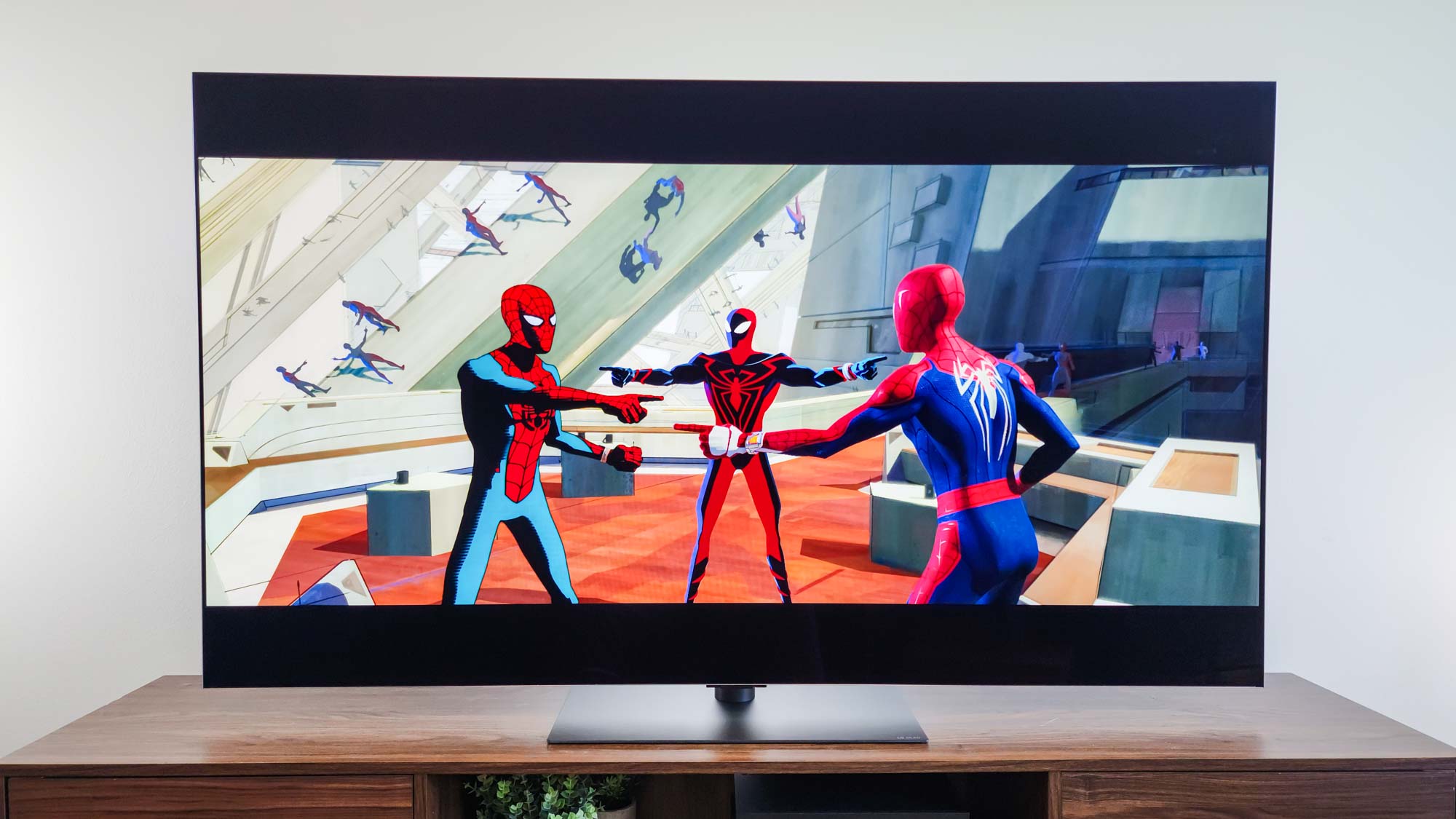
Here's a rundown of the Bravia 8 II and LG G5 metrics tested in our lab.
| Header Cell - Column 0 | LG G5 | Bravia 8 II |
|---|---|---|
SDR Brightness (10%, in nits) | 465 | 270 |
Delta-E (lower is better) | 1.9 | 3.5 |
HDR Brightness (10%, in nits) | 2,296 | 1,633 |
UHDA-P3 Gamut Coverage | 99.79% | 100% |
Rec. 2020 Gamut Coverage | 82.42% | 90.55% |
Input latency (milliseconds) | 9.2 | 16.3 |
As you can see from these metrics, the LG G5 blows the Bravia 8 II out of the water, which is interesting in light of how the G5 did so poorly in Value Electronics' TV shootout. That's just added proof that numbers aren't everything, lending credence to Sony's ideology when it comes to TV design.
One thing the Sony OLED does boast is some incredible HDR color coverage, hitting 100% of the UHDA-P3 gamut and 90.55% of the Rec2020 gamut. That's pretty remarkable, especially the second number. Most TVs can barely hit over around 75% of the Rec2020 gamut and even the LG G5 tops out at a little over 82%.
Delta-E pertains to color accuracy, with lower numbers being better here. This means the LG G5's 1.9 Delta-E score is better against the Sony Bravia 8 II's 3.5, though anything under a score of 4 is largely imperceptible to human eyes. So, while the G5 does have better color accuracy on paper, you probably wouldn't notice even if the two sets were side by side.

It's in the brightness category where the Bravia 8 II simply can't compete. Higher brightness metrics typically translates to better HDR performance and glare mitigation, which the G5 boasts in abundance. With 2,296 nits in HDR brightness alone, the LG G5 beats most other OLEDs in our testing.
Even when it comes to gaming performance in the input latency tests, the G5 dominates. It sports a 9.2ms here, which is also some of the lowest in our testing this year. Meanwhile, the Sony Bravia 8 II has some of the highest at 16.3ms.
The Bravia 8 II definitely has incredible picture quality. I tested this TV myself and can attest that its metrics don't tell the full story, which is also evidenced in its title as the King of TVs in Value Electronics' TV shootout.
But the LG G5 is simply the better performer here. Not only does it outperform the Bravia 8 II in gaming, but its brightness is bonkers for an OLED TV. While the Bravia 8 II does have slightly better HDR color, the improved color accuracy of the G5 makes it more appealing.
Winner: LG G5
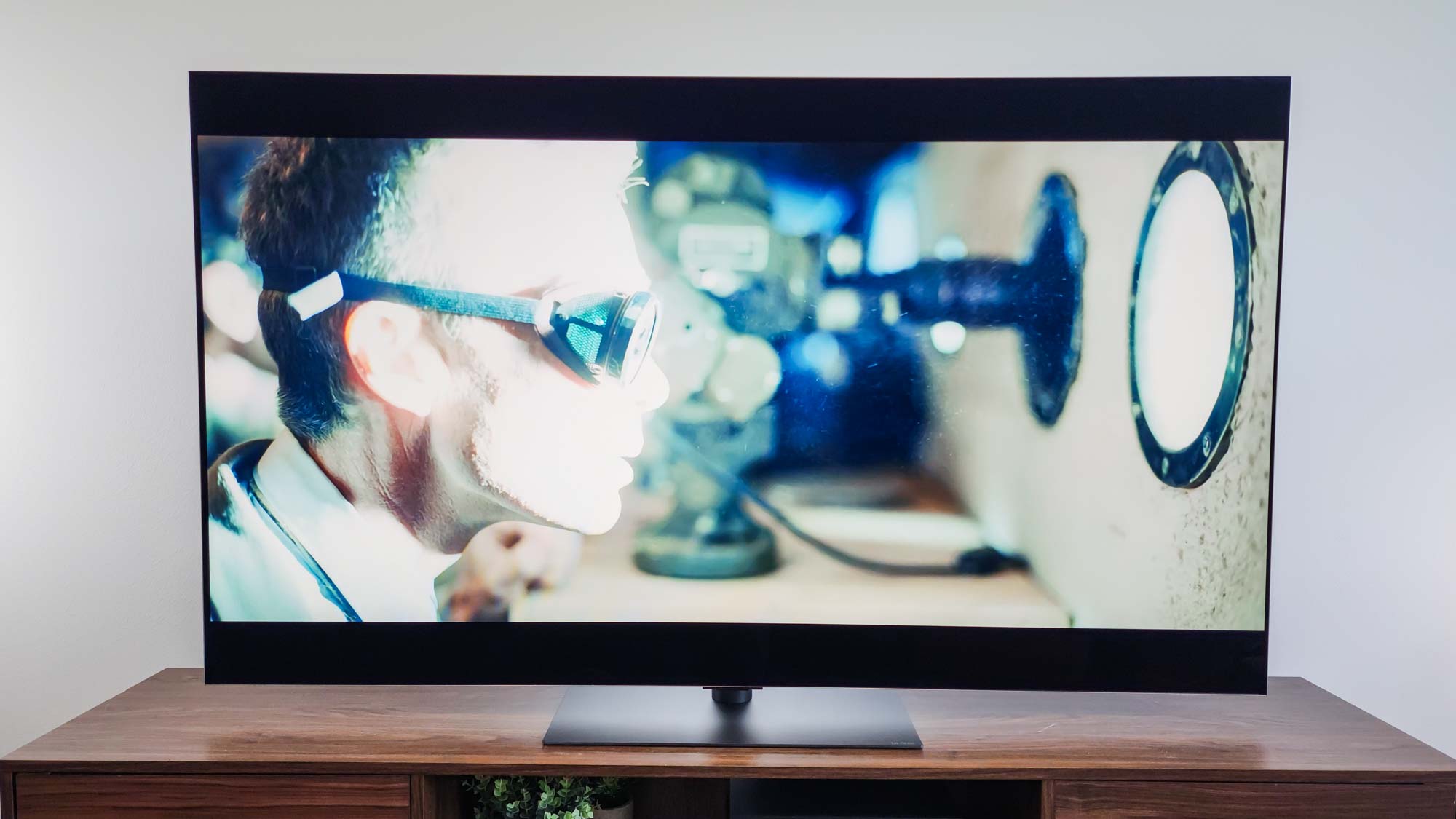
Sony Bravia 8 II vs LG G5: Smart platform and features
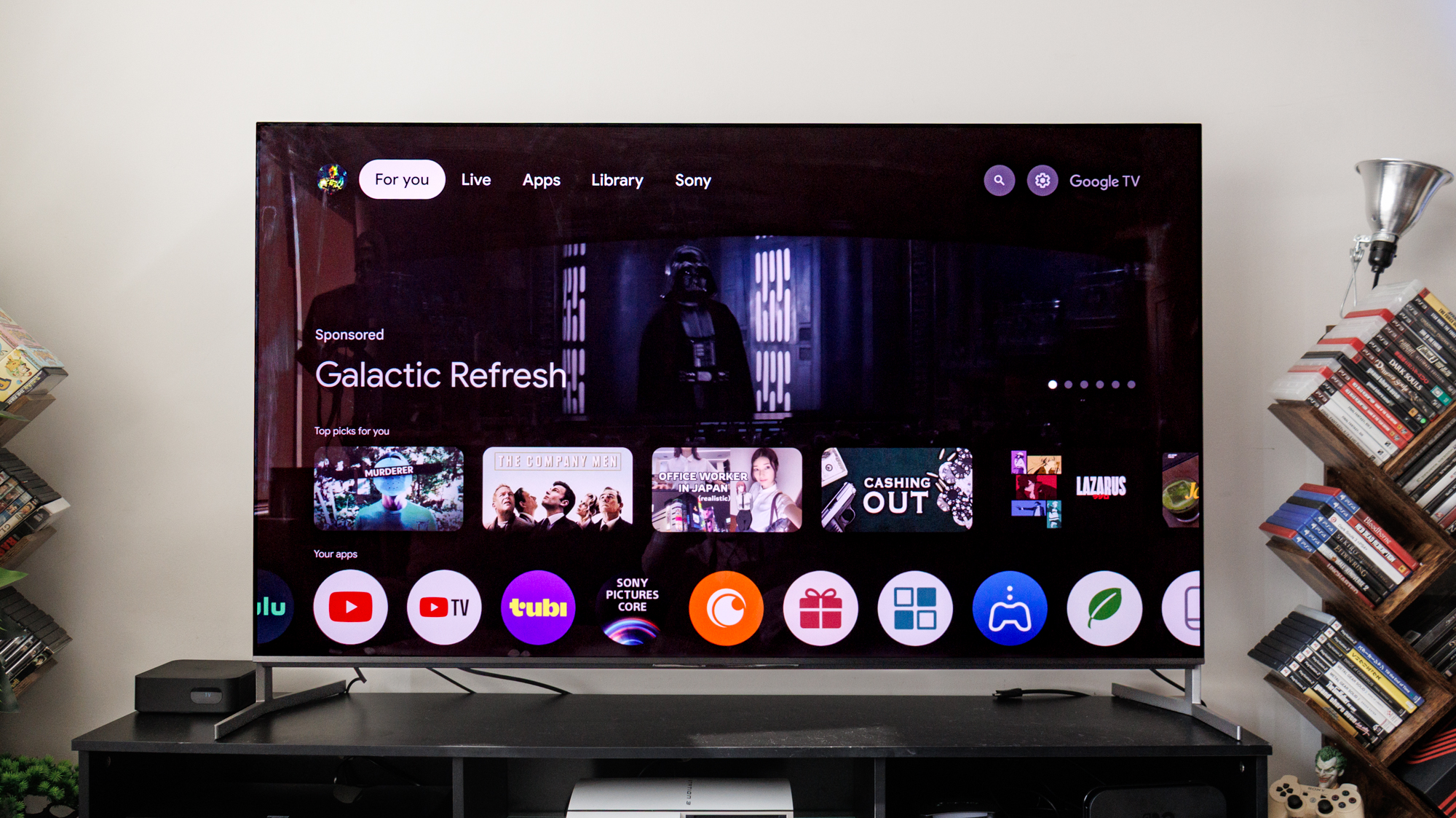
The Sony Bravia 8 II runs on Google TV, providing it tons of free content to enjoy in addition to a suite of other features, like smart home functionality. Google TV is one of our favorite interfaces next to Roku as it's super simple to use and isn't bogged down with myriad ads. It also has a robust recommendation feature that's bound to get even better through Google Gemini.
Meanwhile, the LG G5 OLED uses webOS as its interface. That's not a terrible TV OS by any means, but webOS definitely has its downsides. An ad-riddled system is definitely one of the major issues facing webOS, plus LG intends to make it worse by showing you ads based on your emotions.
But if you can look past that, webOS is not the worst interface, especially when you consider it comes with several cloud gaming platforms. LG has also committed to a five year upgrade path for webOS, meaning the LG G5's interface will see prolonged updates all the way until 2030.

In terms of features, the G5 and Bravia 8 II share the same HDR specifications. You'll have access to everything except HDR10+, including Dolby Vision, HDR10, and HLG. If you want HDR10+ support, you'll have to go with the Samsung S95F OLED instead.
A feature the Bravia 8 II does have over its G5 rival is an ATSC 3.0 tuner. Few other OLED TVs come equipped with the spec these days, making this a particular highlight if you want to enjoy 4K TV broadcasts.
The Bravia 8 II also has some exclusive PS5 features, like Auto HDR Tone Mapping and Genre Picture Mode, though with its high input latency, these aren't a huge selling point. Sony TVs are built to be the best picture performance you can buy, meaning gaming often takes a back seat.
Overall, I think you can't go wrong with either option here. We tend to like Google TV a bit more over webOS, but the latter has seen some major improvements. Plus, the Bravia 8 II's wrangling of an ATSC 3.0 tuner and PS5 exclusive features allow it to stand out.
Winner: Draw
Sony Bravia 8 II vs LG G5: Verdict
| Header Cell - Column 0 | LG G5 | Sony Bravia 8 II |
|---|---|---|
Specs (25) | 24 | 22 |
Design (25) | 22 | 24 |
Performance (25) | 25 | 24 |
Features (25) | 24 | 22 |
Total Score (100) | 95 | 92 |
As premium TVs go, you really can't go wrong with either option here. Even if price is no concern, both the LG G5 OLED and Bravia 8 II make for two of the best TVs you can buy right now.
On paper, the LG G5 OLED does stand out with its higher brightness and better input latency. It's the cheapest flagship OLED on the market right now, with the 65-inch LG G5 OLED going for $2,996 on Amazon.
Not only that, but the G5 does have a few more features over the Bravia 8 II to make it stand out, like a 165Hz refresh rate, full range of HDMI 2.1 support, and access to cloud gaming services. You can also buy it in a wider selection of sizes, while the Bravia 8 II is only available in 55- and 65-inch configurations.
Sony might be the brand best known for picture performance, and that's still definitely the case with the Bravia 8 II. But taking into account its cheaper price and wider selection of features, I'd recommend the G5 here as it simply makes for a better investment.
More from Tom's Guide
- LG G5 OLED TV review
- Samsung S95F OLED TV review
- This new TV breakthrough looks like a game-changer for OLED TVs

Ryan Epps is a Staff Writer under the TV/AV section at Tom's Guide focusing on TVs and projectors. When not researching PHOLEDs and writing about the next major innovation in the projector space, he's consuming random anime from the 90's, playing Dark Souls 3 again, or reading yet another Haruki Murakami novel.
You must confirm your public display name before commenting
Please logout and then login again, you will then be prompted to enter your display name.
